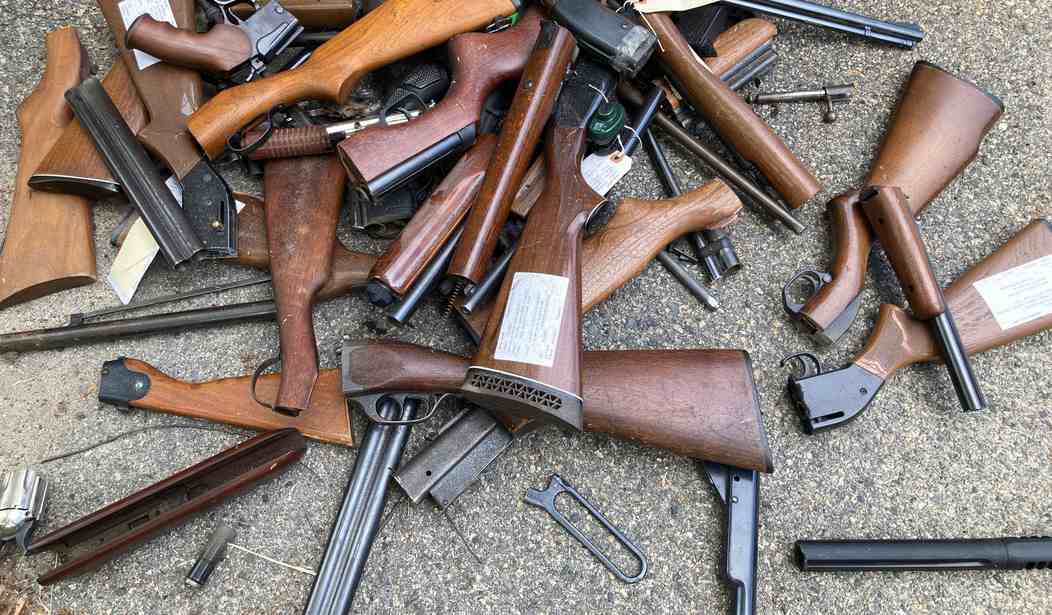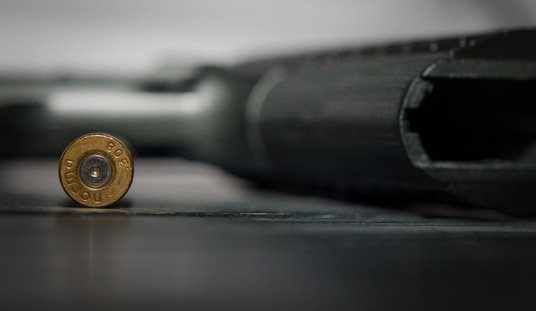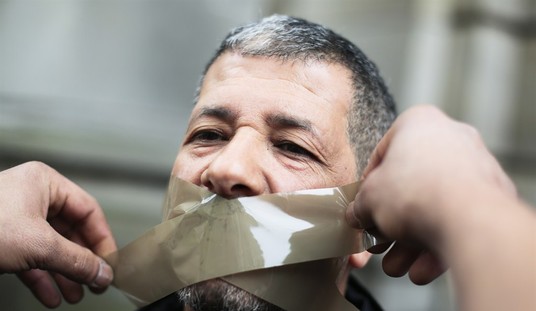Gun owners in Minnesota may soon have to submit to psychological and physical examinations before they’re able to lawfully purchase a firearm, at least if the sponsors of SF 1723 get their way. The Minnesota Gun Owners Caucus describes the new legislation as something that “essentially repeals” the right to keep and bear arms in the state by imposing new regulations and restrictions on almost every aspect of the right to keep and bear arms.
This bill contains several onerous gun control provisions, including:
- Registration of all firearms
- Registration of all magazines capable of holding more than 10 rounds
- Registration of all .50 caliber firearms
- A ban on purchasing essentially any new semi-automatic rifles (an “assault weapons” ban)
- Mandatory lost & stolen reporting
- No more than one gun purchase every 30 days
- Police Chiefs would now issue permits to carry
- You would be required an obtain a permit to own any firearm
- Permits would require physical and mental health testing
- Permits and firearms ownership would require liability insurance
- Firearms could not be carried on any government property or inside any government facility – even with a permit to carry
- It would be a crime to carry past a sign prohibiting carry at a private establishment
- and MANY other restrictions on your Second Amendment rights
It really is as bad as MN Gun Owners Caucus says. Under SF 1723, it would be a felony offense to carry a concealed firearm in all state and locally-owned public buildings, which flies in the face of the Supreme Court’s decision in NYSRPA v. Bruen that the Second Amendment protects a general right to bear arms in self-defense in public, with only limited exceptions.
To be fair, I don’t think that SCOTUS or Bruen is much of a concern for the bill’s authors. Quite the opposite. The language of SF 1723 is a giant middle finger to the majority of the court, as well as all Minnesota gun owners. The Court said in Bruen that “may issue” licensing regimes are unconstitutional, and yet the Minnesota bill explicitly states that police chiefs and county sheriffs “may” issue a permit to possess a firearm and gives them broad latitude to define someone’s suitability.
Possession or ownership of an unregistered firearm or possession by an unpermitted individual would be a misdemeanor crime under SF 1723, and all current gun owners would be required to obtain a permit by January 1, 2025. In order to do so, however, gun owners old and new would have to undergo a firearm training course (length to be determined) and then pass a written test. Additionally, the bill allows for “other physical and mental testing as the commissioner of public safety finds necessary to determine the applicant’s fitness to use, possess, carry, and transport a firearm safely”; an open-ended invitation for the state to impose all kinds of new and subjective standards for those hoping to exercise a fundamental civil right.
It would also be a misdemeanor offense for anyone to purchase more than one firearm within a 30-day period, even those who’ve obtained a government-issued permission slip to own a gun. If your gun is stolen and you need a replacement, you would have to “apply to the chief of police of an organized full-time police department of the municipality where the person resides or to the county sheriff if there is no local chief of police where the person resides for an exception”, though police can deny the request for no reason at all.
This really only scratches the surface of the problems with SF 1723, and if you have 30 minutes or so this weekend I’d encourage you to check out the video below, where Rob Doar of the MN Gun Owners Caucus gets into greater detail about the ramifications of SF 1723. If you’re a Minnesota gun owner, now’s also a great time to contact your state senator and tell them to oppose these unconstitutional edicts. The DFL (Minnesota’s version of the Democratic party) only has a one-seat majority in the Senate, and a couple of rural DFL lawmakers have been non-committal about signing off on any new anti-gun measures, so there is a very real chance to defeat this bill rather than challenge it in court after its enacted.
Frankly, even progressives in the state legislature should have major problems with this legislation, no matter their views on the right to keep and bear arms. The bill creates a panoply of new non-violent, possessory crimes; all of which must be enforced by police and prosecutors, and many of which will have a disparate impact on minorities, lower-income Minnesotans, and even those who might express political views that aren’t appreciated by the powers that be. It’s completely hypocritical to complain about “overpolicing” and decry the current state of the criminal justice system while at the same time creating new opportunities to imprison people and saddling them with criminal records, especially given the fact that actual are risingviolent crimes in the Twin Cities.
Citing sinking morale in the wake of the unrest after Floyd’s killing, leaders at the Minneapolis Police Department say the officer head count has shrunk from 900 in early 2020 to about 560 in August — a loss of more than a third of the force.
…
Residents of the north side describe a landscape that can feel lawless. Indeed, about 60% of police calls for shots fired this year have come from the area, even though it makes up just 15% of the population, according to city data.
Paul Johnson, 56, said young men openly sell drugs during the day in public places, such as a gas station on Broadway Avenue that has been dubbed the “murder station” due to all of the fatal shootings there. (It is near the one where Blair was killed.)
“You pull up to get gas – they try to sell you drugs,” he said. “And not just three or four, but it’s a bulk of people.”
The perception among many residents is that the police ignore the area.
“They just let it go on,” said Johnson’s friend, Brian Bogan, 42, who said he moved from north Minneapolis to relatively safer St. Paul due to his kids growing up in an area where they don’t know if “it’s fireworks or gunshots.”
Juliee Oden, 56, can’t even count the times she has called 911 to report gunfire outside her north-side home. One night last summer, a volley of shots jolted her out of bed while she was watching TV — it was coming from her front lawn.
“I hit the floor,” she said. “My phone went flying. I had to crawl on my stomach to get to the phone” to dial 911.
It got to the point where it was hard to sleep at night and Oden, who works at a construction company, had colleagues install a bulletproof panel behind the headboard of her bed.
“Now I go in my room with complete confidence,” she said. “If somebody is to shoot directly at my house, I know: As long as I’m behind my headboard, I’m 100% safe.”
Are the criminals banging away outside Oden’s home going to be dissuaded from their activity by any of the restrictions imposed by SF 1723? Not bloody likely. But someone like Oden might find it difficult, if not impossible, to navigate the maze of red tape created by anti-gun lawmakers before she could lawfully purchase or possess a firearm. Far from increasing public safety, SF 1723 would make Minnesota a more dangerous place, at least for law-abiding citizens.
JUST INTRODUCED: The most extreme gun control bill in MN history #MNLEG https://t.co/YU5yMnJh3i
— MN Gun Owners Caucus (@mnguncaucus) February 16, 2023









Join the conversation as a VIP Member